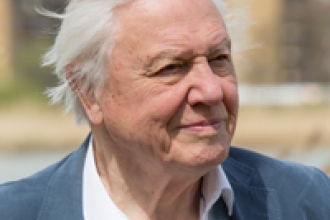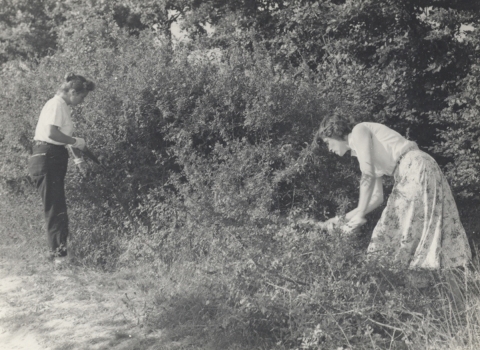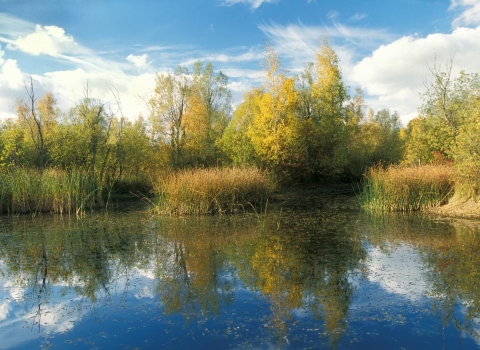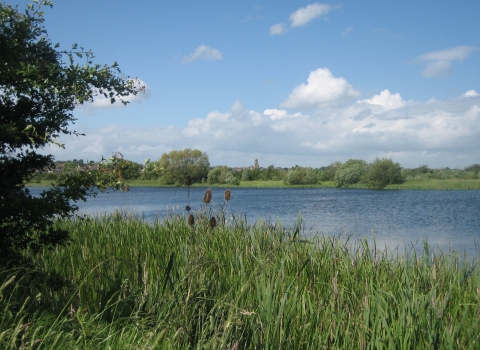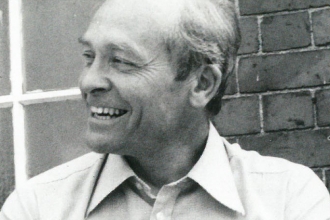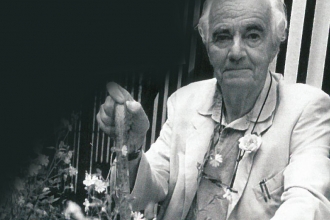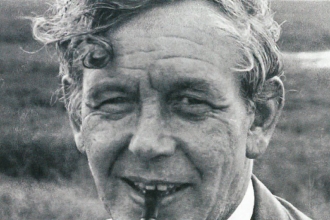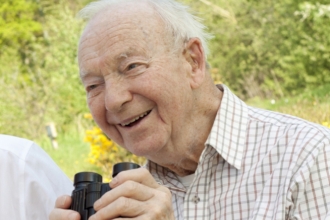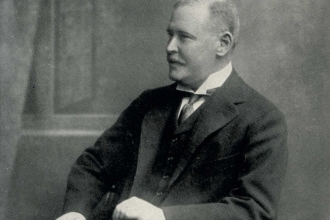The need for local Wildlife Trusts
In postwar Britain intensive agriculture, urban development, rising population and new infrastructure meant the British countryside underwent its most dramatic changes since the first farmers arrived thousands of years ago. The downside of this was a huge loss of natural habitats and a big decline in wildlife species. Somebody needed to speak up for nature and help society achieve a balance between modernisation and caring for the environment.
As a result pioneering naturalists got together all over the UK to form Trusts for Nature Conservation. These became the Wildlife Trusts, dedicated to protecting the wildlife and wild places of Britain. The Wildlife Trust for Bedfordshire, Cambridgeshire & Northamptonshire (BCN) was formed in August 1994. It was the result of a merger of the Cambridgeshire and Isle of Ely Naturalists’ Trust (founded 1957), the Bedfordshire & Huntingdonshire Naturalists’ Trust (founded 1961), the Northamptonshire Naturalists' Trust (founded 1963) and the Peterborough Wildlife Group (founded 1989).
Nature Pioneers: Charles Rothschild and Ted Smith
Two key figures in the formation of our local Trusts and the Wildlife Trusts national movement were Charles Rothschild and Ted Smith. Nature conservation in the UK arguably began here in Cambridgeshire when Rothschild built a house at Woodwalton Fen (one of the last areas of wild fen), from where he and his daughter Miriam studied natural history and insect life. Rothschild formed the Society for the Promotion of Nature Reserves (SPNR) in 1912 to protect wild places like Woodwalton Fen across Britain. This later became the Royal Society of Wildlife Trusts (RSWT).
Following World War 2, Ted Smith picked up the baton, helping form the Lincolnshire Wildlife Trust in the 1940s before traveling the UK and helping to set up other local Trusts, including here in our own three counties. Ted was instrumental in convincing the SPNR to become the central organisation for the new movement of Naturalists' Trusts across the UK that is now known as the Wildlife Trusts movement. Today the movement is made up of 46 Wildlife Trusts including the Wildlife Trust for BCN and is led by the RSWT.
Timeline
- 1912 Charles Rothschild establishes the Society for the Protection of Nature Reserves SPNR (forerunner of the Royal Society of Wildlife Trusts)
- 1919 The SPNR acquires the first nature reserve – Woodwalton Fen in Cambridgeshire, gifted to them by Charles Rothschild (and now owned by this Trust)
- 1956 Cambridgeshire and Isle of Ely Naturalists’ Trust (CAMBIENT) founded.
- 1961 Bedfordshire and Huntingdonshire Naturalists’ Trust founded.
- 1962 CAMBIENT buys Hayley Wood for £5,000 – about £40 per acre.
- 1967 Northamptonshire Naturalists’ Trust founded.
- 1970 Raveley, Gamsey and Lady's Woods purchased by Beds & Hunts Trust for £10,000 after a very successful public appeal.
- 1979 The Countryside Classroom at Ramsey Heights, the Great Fen, opens.
- 1987 Peterborough Wildlife Group founded.
- 1990 Bedfordshire & Cambridgeshire Wildlife Trust merged.
- 1994 Northamptonshire and Peterborough merge with the Wildlife Trust for Bedfordshire & Cambridgeshire.
- 2001 The Great Fen Project is launched.
- 2009 The Great Fen Project acquires two thirds of the land in the 3700 hectare project area.
- 2017 The Trust opens its first Visitor Centre at the Nene Wetlands.
- 2020 The Trusts launch 30by30 campaign, calling for 30% of land and sea to be secured for nature by 2030.
Merging the Trusts
Because Huntingdonshire had been transferred to Cambridgeshire County Council in 1972, there was already close work on conservation issues between the Cambridgeshire Trust and the Bedfordshire & Huntingdonshire Trust. The latter had restructured its management and a first merger approach was made to the Cambridgeshire Trust in 1988. The driving force behind the merger was a desire to achieve more effective nature conservation and, according to assessment by Walsh Consulting in 1993, “the merger succeeded because of the outstanding contributions made by a group of determined people in a common cause”.
The Northamptonshire and Peterborough Trusts (the latter founded in 1989 by Frank Perring as one of the new urban wildlife groups) were also encouraged to consider merging with their newly-enlarged neighbours. At an Extraordinary General Meeting in October 1993 they voted to amalgamate with the Bedfordshire & Cambridgeshire Wildlife Trust. As a result the Wildlife Trust for Bedfordshire, Cambridgeshire, Northamptonshire & Peterborough (or Wildlife Trust BCNP) was formed. As Peterborough was part of Cambridgeshire the 'P' was eventually dropped to help shorten the name, giving the present incarnation of the Wildlife Trust for Bedfordshire, Cambridgeshire & Northamptonshire or Wildlife Trust BCN.
The Big Idea
Initial efforts by the Trusts focused on protecting and restoring precious wildlife habitats as nature reserves. This included sites like Upwood Meadows, a traditional wildflower meadow in Cambridgeshire that became a National Nature Reserve, Cooper's Hill, one of the last fragments of heathland in Bedfordshire and Summer Leys, an internationally recognised wetland in Northamptonshire. Through the hard work of staff and volunteers, support from members and kind donations the Trust now manages over 100 nature reserves.
However, by the 1990s there was a recognition of the need to think about conservation on a landscape scale. Known in the Trust as ‘The Big Idea’, there was a search for a project area in which existing ecologically valuable sites could be enhanced by large-scale habitat creation. After a review of possible sites an area of fenland was chosen that encompassed the two National Nature Reserves of Woodwalton Fen and Holme Fen to the south of Peterborough. The 'Great Fen' project involved buying and re-wilding the adjoining land to create a huge wild fen landscape. By 2009 the Wildlife Trust and Natural England had acquired the freeholds of nearly two thirds of the land in the 3,700-hectare project area.
The ambition of the Great Fen project helped inspire the concept of 'Living Landscapes' within the Wildlife Trusts movement. Living Landscape projects now exist across the UK, connecting wild places together, restoring habitats and creating places that can balance the needs of people and wildlife. The Wildlife Trust for BCN now manages nine Living Landscape projects across the three counties.
Key People
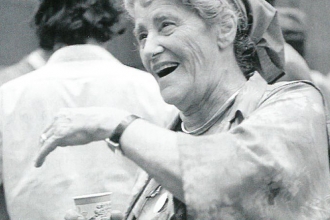
Miriam Louisa Rothschild
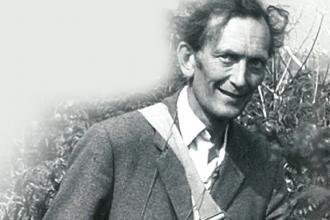
Norman Moore
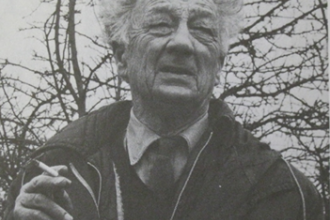
John Dony
